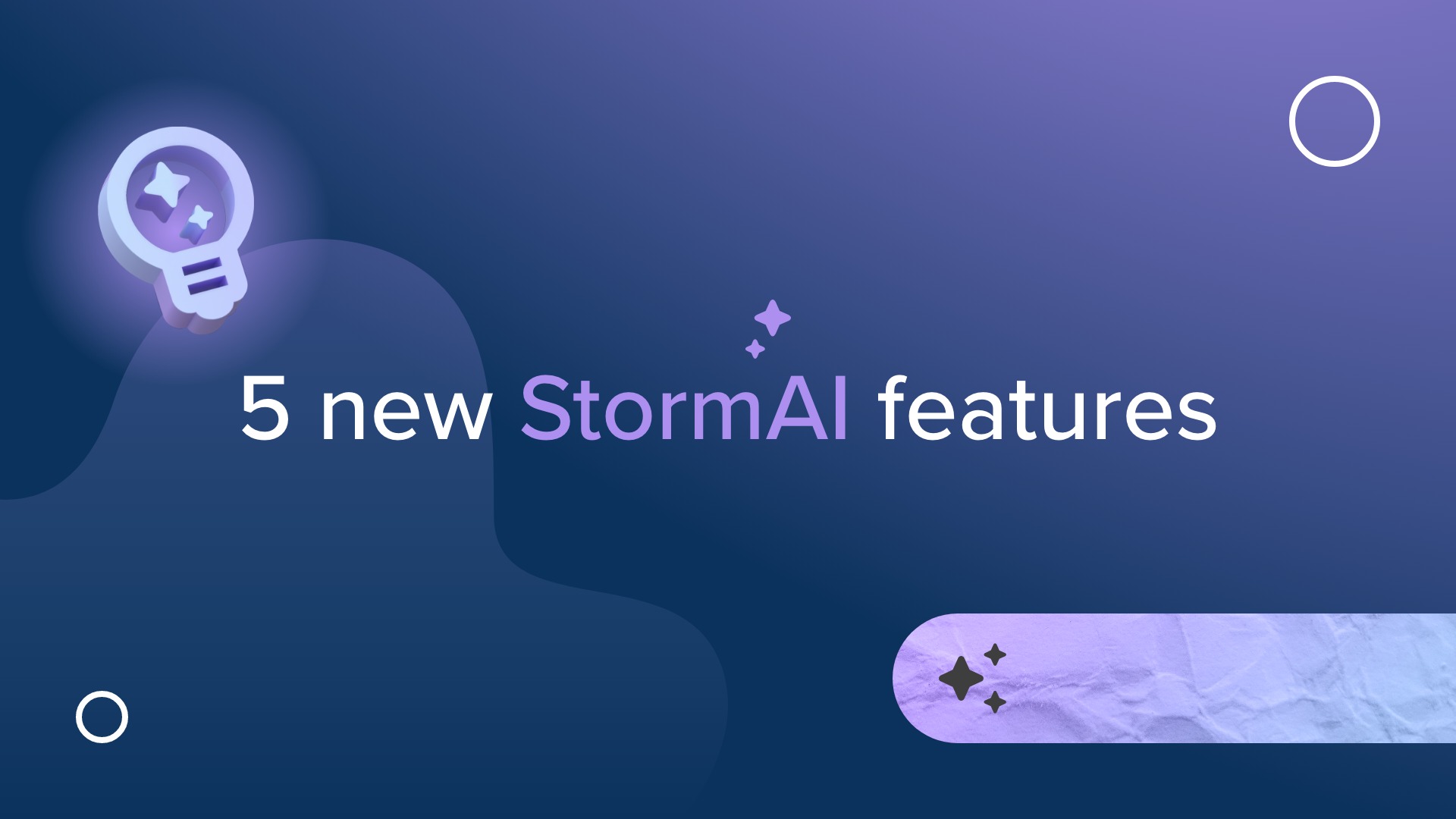How to Permanently Transition to Remote Work
Many businesses have already transitioned to temporary remote work due to the ongoing pandemic, but some—as many as 70% according to a study by the International Workplace Group—have announced or are planning to announce, a permanent shift. Social media moguls Facebook and Twitter have told their employees that should they choose, they never have to come into the office again.
Transitioning the team to work remotely full time can be a tricky business, especially if you’re going about it blind. As the leader of your team, employees are most likely going to come to you for guidance on how to make this transition smooth and painless. It’s important to note that while you may feel alone while transitioning your team into a remote setting, you’re not. In fact, thousands of businesses are doing the same and, in a few years, remote work—because of its many benefits—will be a common practice.
CEO of software company Mavenlink, Roger Neel—who led his company through the Great Recession of 2008—told Forbes, “as remote work becomes more of a new normal, we'll see new challenges rise up the priority ladder for organizations trying to grow and move forward in this new paradigm. How companies manage these challenges, today will be very telling for their prospects tomorrow.”
So, give yourself a pat on the back for deciding to jump on this “new paradigm” early. As with most instances, having a plan is key, so we have developed a three-step list to make your transition a success.
Identify Current Remote Work Challenges
Despite all of the perks that come with remote work, there are some challenges, so it is important to identify these now rather than later. Depending on your type of business, these challenges will differ across the board. You can identify some of the challenges your team is going through by simply having a virtual meeting where each employee has a chance to be heard, but there are some common ones you no doubt are experiencing.
According to a study by Hubstaff, the biggest challenges companies face with a permanent work from home style are “communication, scheduling, and language/cultural barriers.” Another issue is building and maintaining trust among the remote team. Actually, building and keeping trust is probably the most important challenge when transitioning to a remote team because it has to do with communication, which encompasses everything at the end of the day. Trust goes both ways. The team has to trust the management team/leader and vice versa.
Author and senior content consultant for Coca-Cola, Kraft, and AmEx, Amber Naslund, says that “entrusting the decisions made by individuals and teams comes by improving transparency through better communication skills, and holding people accountable for their own results.”
To sum this up, once trust is built among the team, the company will feel confident with moving forward. Again, communication is everything when permanently transitioning to a remote team, so utilizing one of the many apps like Microsoft Teams, Slack, or Flock to keep an instant dialogue is suggested.
Consider an Agile Digital Workflow
In the past few years, companies have found that more of an agile workflow is beneficial for a remote team’s success. In order to understand why and what an agile workflow is, we must first look at the traditional model.
In a traditional workflow, projects are managed in a sequential order meaning one task is never started unless the first is completed. Many companies call this a “waterfall” approach, and while it does work in a traditional work setting, it can cause problems for a remote work team. The main issue here is when there is an immediate change of requirements for the project, often causing the team to have to go back to the early stages, and in some cases, restart the project. This costs valuable time and money and probably contributes to a team that feels unproductive and defeated.
With an agile approach, the focus is continuously finishing pieces of work simultaneously. This way, your team can better adapt to the changes that will inevitably happen during most projects. Think of an agile framework as a rollercoaster, with each team being a piece of track. An agile workflow also relies on constant collaboration between the whole team. When it comes down to it, having an agile workflow welcomes change rather than dreading it.
Adopt a Project Management Software
To really turn your company into a powerful remote team, you must have a continuous project and performance management tool like Stormboard. With Stormboard, you can access your digital workspace at any time, meaning that conflicting time zones are no longer a problem with your remote team. Stormboard also offers a digital collaborative whiteboard full of sticky notes, instant messages, thousands of workflow templates, and integrations with popular tools like Jira, Slack, Microsoft Teams, and more. Take a look at how Stormboard is effective in a remote work setting.
With Stormboard, ideas from your team can be added as videos, texts, files, drawings, images, and more. Collaboration has never been easier with Stormboard's optimal organizations of shape, category, or specific template sections in order to be prioritized and acted on.
Stormboard also eliminates the need to take hurried notes of your meeting to use as meeting minutes or blurry photos of whiteboards. The reporting feature instantly exports all of the work, decisions, and actions from your meeting and turns them into a professional report that can be collaboratively edited and then shared immediately.
With Stormboard, your company’s productivity will increase, and workflow will be done faster and more efficiently. The software is relatively inexpensive, with three different pricing points. You can even take Stormboard for a test run with a 30-day free trial or schedule a demo before making the leap. There’s a reason Stormboard is used in 181 different countries, and by more than 10,000 companies, and more than 1,000,000 users worldwide — click here to learn more.
About the Author
Stephan Boissonneault is a freelance writer, editor, and photographer. His work has been seen in publications such as Avenue, Vue Weekly, Edmonton Journal, Disruption, Now Toronto, etc. He also plays music every now and then.












